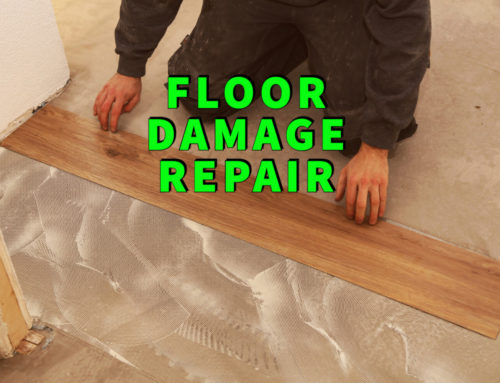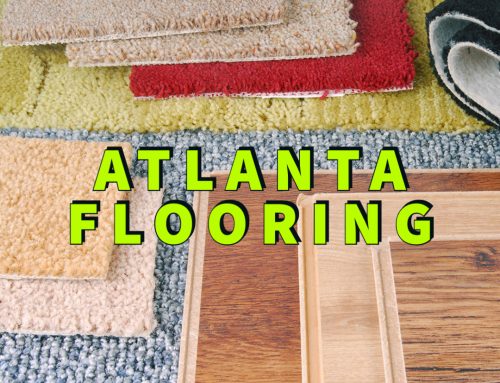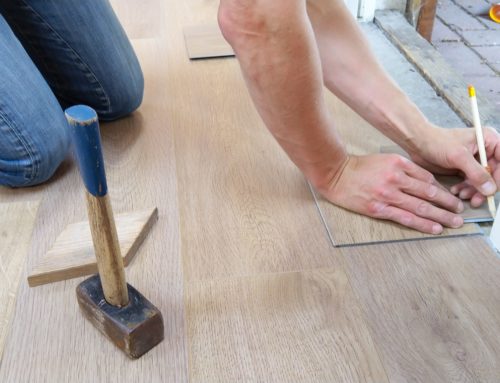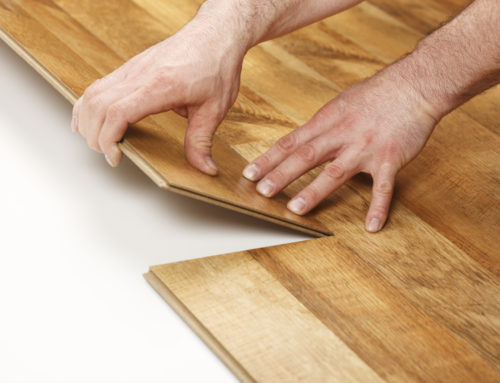What to expect once you make your decision
So you’re staring down the barrel of a floor installation. You know what type of flooring you want, and you’re confident the colors you’ve picked out are fabulous. You might be asking yourself: what happens next? What steps do I take to get the process of floor installation rolling?
If this doesn’t sound like you and you still aren’t sure about new flooring in the first place, head over to this article to find out what to look for when making your decision.
If you’re curious about the steps that come before you have the new floor you’ve been dreaming about, keep reading.
The process of floor installation
The first step is to contact a qualified installer, like Revere Construction and Roofing, and have them come out to inspect the site. They can inform you about the viability of your decision and whether the material you have works in the space or not.
Then, once your selection receives the green light, a date is scheduled for the work to be completed.
As the date of your installation approaches, keep in mind these crucial steps to complete:
- Remove furniture from the room OR
- Empty or clear the furniture so the installers can get to work as soon as possible
- Empty closets. There are floors in there too!
- Remove fragile items from the walls. Anything hanging can fall off from an accidental bump or from the vibrations associated with installation.
- Prepare to leave the room for the duration of the installation. If possible, stay out of the house so the professionals can focus on their work.
The actual floor installation includes these parts:
- The installation professionals have to clear the space of any remaining furniture
- Removal of the previous flooring and the subfloor inspected.
- Note: If there are any issues with the subfloor, the flooring installation could take longer than anticipated.
- Addressing any bumps in the subfloor. This step is especially important when installing tile and hardwood.
- Residual moisture, usually the result of past water damage, needs to completely dry.
- Installation of your new flooring begins when the subflooring is deemed acceptable.
- A thin layer of vapor barrier paper is laid beneath hardwood floors
- Carpet pad lays between carpet flooring and the subfloor.
- Tile requires the use of adhesive onto the floor beneath
- Epoxy is applied atop a previously treated floor.
Time to get started
Now that you have a better understanding of what your new floor installation entails, it’s time to start the process. Give your qualified installer a call, prepared for what the future has in store.
There’s no better time to start. Your new floors are right around the corner!









